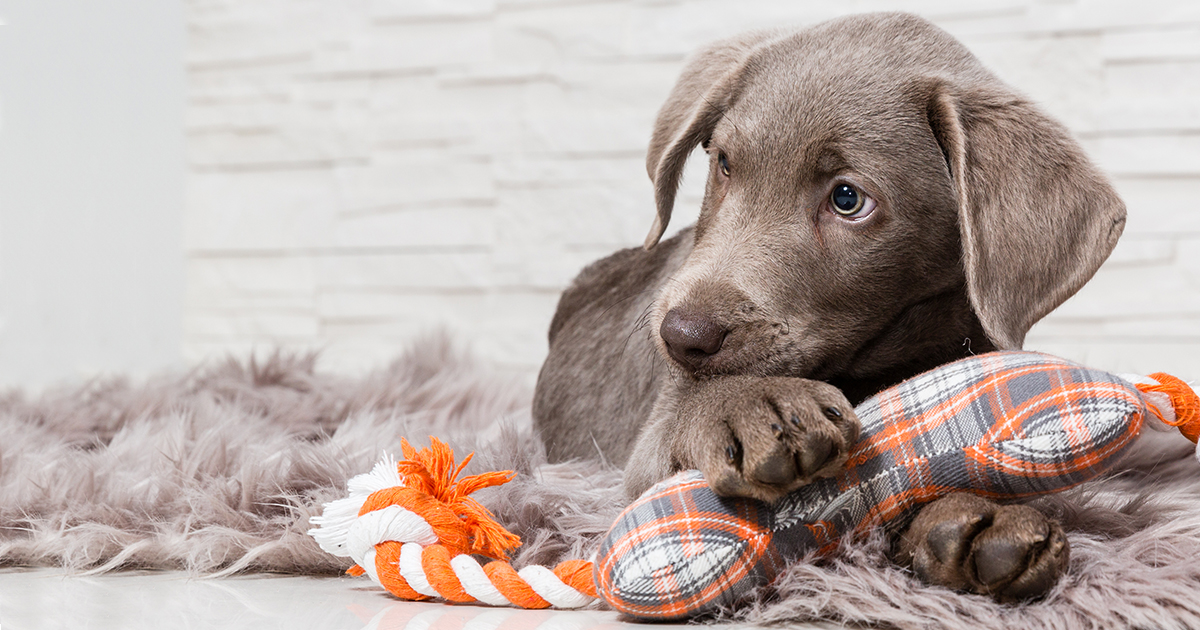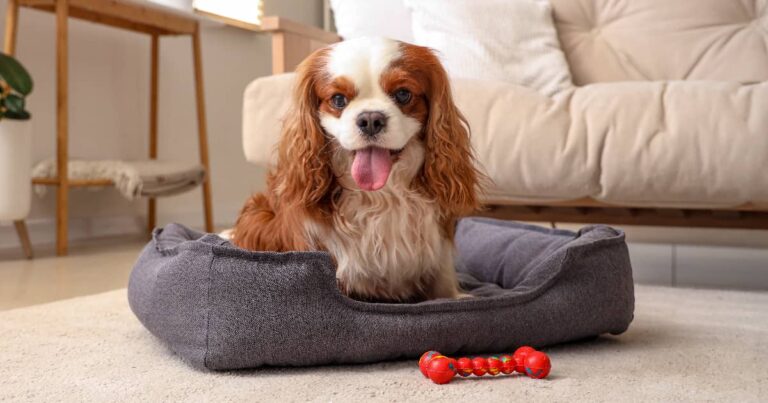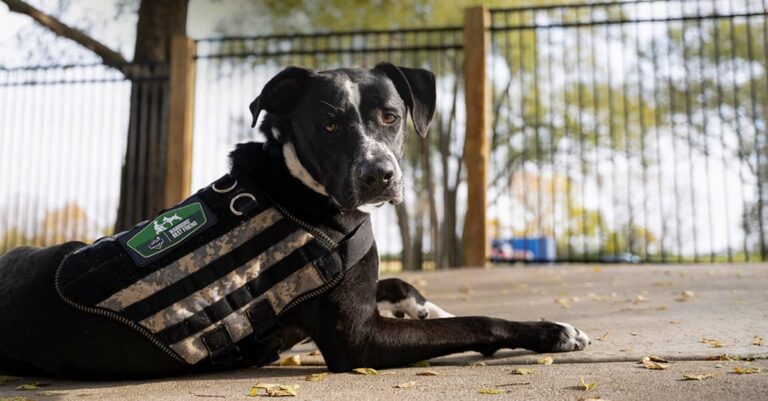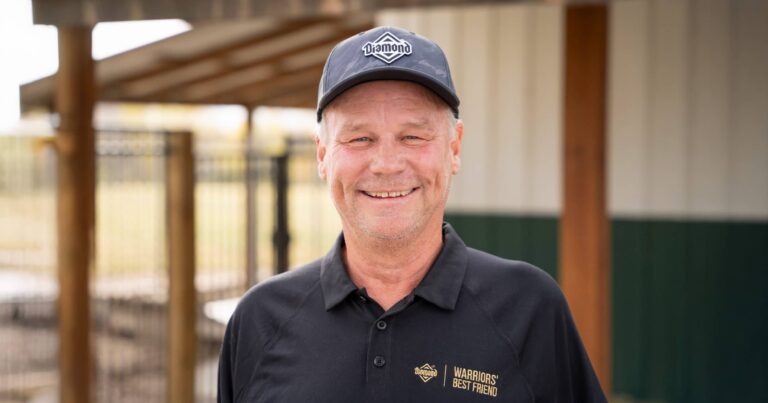Welcome to another installment of “Debarking Pet Myths,” our monthly series that addresses common myths, misconceptions and old wives’ tales about dogs, cats and their nutrition.
There’s “I don’t wanna share” and then there’s “I will protect this toy with all of my might.” If your dog snaps when someone passes by during a chew-toy session or stiffens and gives a low growl when someone walks by their food bowl, they are probably exhibiting resource guarding behavior. And without correction these behaviors could potentially become dangerous for your family, including other pets.
This Is Mine! All Mine!
Resource guarding, also called food-guarding or possessive aggression, occurs when dogs become overly protective or aggressive in maintaining possession of something valuable to them like their food, treats, toys or space. Resource guarding behaviors can range from growling to raised hackles to lunging and even biting. Dogs may also run into another room with their valued item when someone (pet or person) approaches.
An Extreme Version of a Natural Behavior
Guarding food is a normal behavior of wolves, coyotes and other canids that have to compete for food to survive. But when pet dogs exhibit this behavior in an extreme way, it can be dangerous, particularly in a household with small children. The behavior may develop due to early puppy experiences, or it could be a learned behavior that wasn’t corrected.
Behaviors that are typical of resource guarding could also indicate a medical issue like a broken tooth, arthritis, or a condition that increases appetite or thirst. So it’s important to visit with your veterinarian so they can rule out medical reasons for resource-guarding-type behavior, particularly if it started suddenly.
Severe Cases Need Professional Help
If your dog is showing extreme resource guarding behaviors, for the safety of your family, consider consulting a veterinary behavior specialist, a certified applied animal behaviorist or a professional trainer with experience in resource guarding.
Guarding Behaviors Shouldn’t Be Ignored
Resource guarding behaviors are unlikely to go away by themselves; and if they aren’t corrected, the problem is probably going to become worse. Professional help or long-term at-home training (for mild cases) can help manage the behavior, but it may never completely go away for some dogs.
Don’t Fulfill Their Fear
Your dog’s fear is that you (or another person or pet) are going to take their favorite thing away. This is the reason they’re guarding their high-value possession so intensely. So it’s important not to make this fear come true by taking their special item — unless it is causing a dangerous situation. Punishing them or taking the item away could actually escalate their anxiety, fear or aggression. They could also start guarding something else so they can maintain control. Retreating when they show the guarding behavior could also reinforce it.
Reduce Their Fear (and Behavior) with Positive Experiences
If your dog is showing mild resource guarding behaviors and the situation doesn’t appear dangerous, there are steps you can take to help manage their behavior. If your dog is food-guarding, try feeding them in a separate room. If they are consistently fed in a non-threatening environment, it may help reduce their motivation to become aggressive over their food.
With time and consistent effort, you can also train your dog that someone approaching them while they’re eating or chewing their favorite toy can be a positive experience. Start by standing a few feet away, talk to them in a conversational tone and periodically toss them their favorite high-value treat. Do this for a week.
Next, take a step toward them; and if they remain calm, drop the treat and take a step back. Do this for another week, as long as they stay calm. Gradually move closer to them and drop a treat close to them or in the food bowl if they’re eating. If your dog is staying calm with this, gradually move close enough to offer the treat in your hand.
As long as they don’t seem anxious, you can gradually move to touching their bowl or toy with one hand while offering the treat with the other hand. If your dog was showing food-guarding behavior, eventually you may be able to lift the bowl while offering a treat with the other hand. Similarly, you may be able to teach your dog to drop their prized toy in exchange for a treat (using a command like “drop it”). Always give the toy back immediately, though.
Food Guarding in Multiple-Dog Homes
If you have two or more dogs, food guarding by one dog could affect the nutrition and health of the other dogs. Guarding the food or water station may mean the other dogs can’t access the amount of food or water they need, which could lead to health issues. To prevent this situation, it’s a good idea to have food and water bowls for each dog and even feed the dogs in separate rooms.
Resource guarding behaviors don’t usually go away on their own, and if left unchecked they can become dangerous for your family and other pets. If your dog is exhibiting resource guarding behaviors, ask your veterinarian for recommendations on how to address these behaviors — before they get worse.

RELATED POST: Debarking Pet Myths: Does Teaching Puppies to Tug Cause Aggression?







